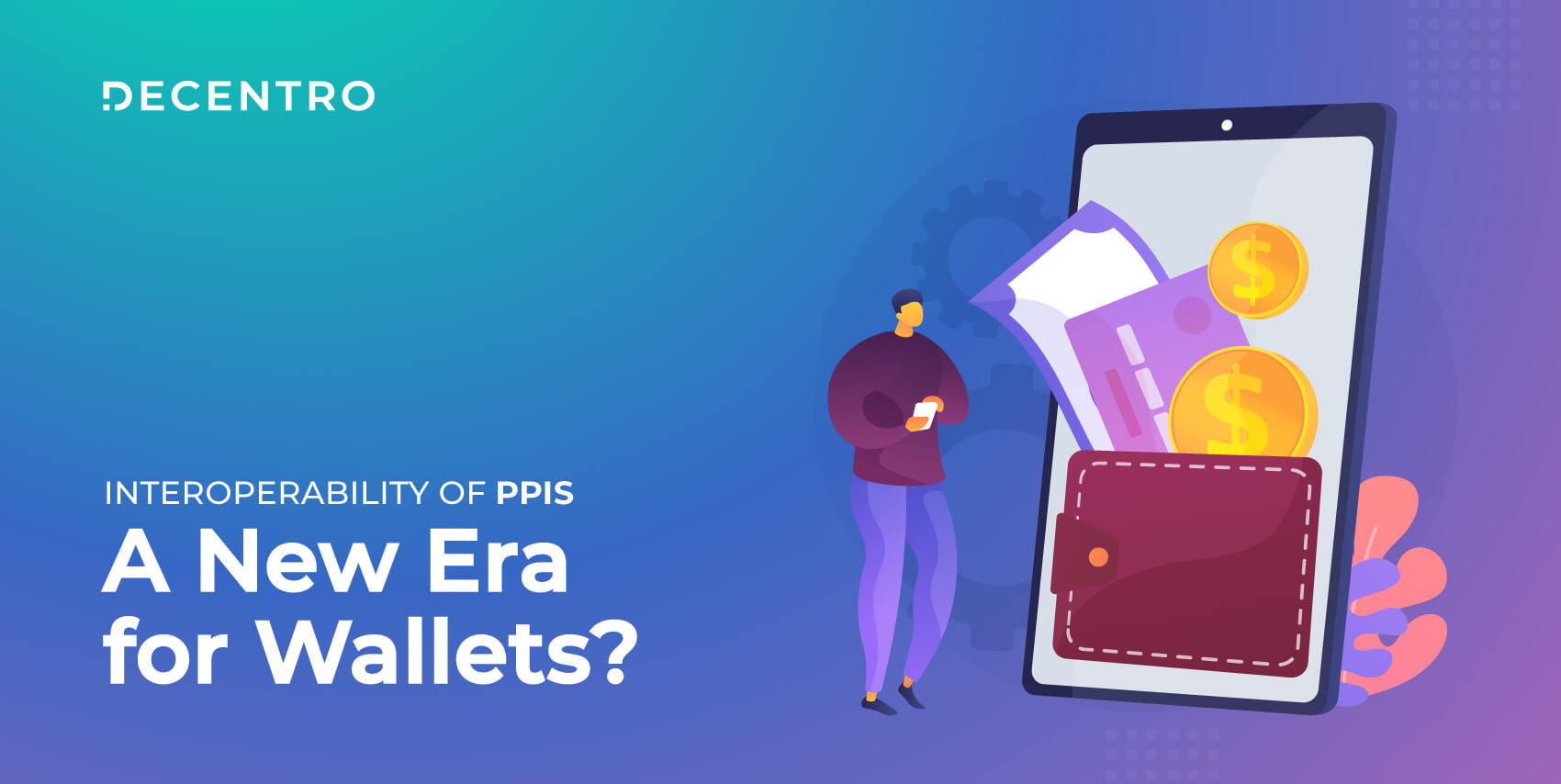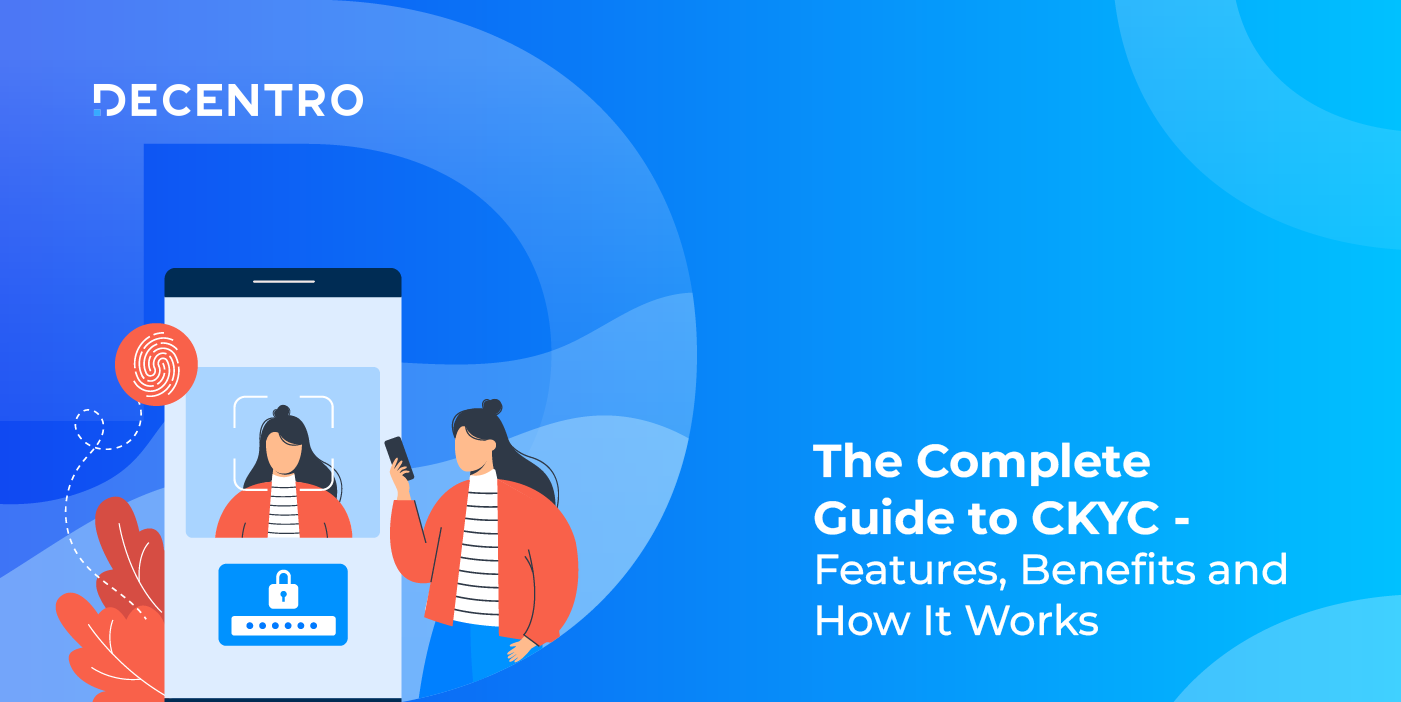What are wallets? How are they transforming the payments landscape? How crucial is interoperability of PPIs?

PPI Interoperability: Guide to The New Era for Wallets
Heading Product for Decentro, an API banking platform. Built and scaled teams across Product, Data, and Partnerships in the Fintech space.
Table of Contents

“I got 50 Rupees of cashback in my PhonePe wallet’ – cried my niece after completing a transaction.”
“I am so pampered by the cashback from PayTm that I expect it from everyone,” mentioned a friend of mine.
“I got a 10,000 Rupee Amazon gift card!” – exclaimed my cousin on finalizing a deal for her company.
Diverse scenarios – something common. What’s that?
It is Wallets!!
During demonetization and pre-UPI days, those who were there remember the wallets used for mobile recharges, shopping, etc. Heck – some even used it to transfer money to their bank accounts without any balance in their bank account and use the cash offline. Smart, eh?
That said, everyone seems to have a wallet these days! Almost every leading consumer internet platform has a wallet – Amazon, Flipkart, Paytm, etc. Even metro transit players like BMRC & DMRC (Bengaluru & Delhi, respectively) have their own wallets, which people swipe while traveling.
But what exactly are wallets? Let’s deep dive into a very interesting space.
What are Wallets?
Wallets are just a variant of a product called Prepaid Payment Instrument (PPI).
PPIs are basically an instrument similar to credit cards that are used to facilitate payments to businesses, consumers, etc., except they come pre-funded, at least in some cases. They came into existence when RBI introduced PPIs as part of the Payment and Settlement System Act 2007 to encourage digital payments in a country known for its cash-intensive nature.
Prepaid instruments are designed to hold funds as a store of value funded by an individual or business for a specific purpose. PPIs are typically issued to consumers or businesses by platforms looking to facilitate digital transactions through swipes (POS machines), online (Payment Gateway), UPI payments (Scan n Pay), or for payments to other customers (Wallets).
The earliest PPIs launched globally started as Gift cards in the USA by leading retail chains. As they expanded globally, they became extremely popular to include other use-cases like expense management, benefits transfer for welfare schemes, etc. Soon enough, PPIs were knocking on Indian shores as well, competing with food coupons (Sodexo!) or the traditional paper-based gift cards.
So, you might wonder, how come we have so many examples of one product? Well, PPIs are classified into one of the below categories.
Types of PPIs
- Closed: These are PPIs that are issued and accepted by the same merchant or platform. These are typically gift cards provided by merchants like Amazon or Flipkart and can be used only on their platforms. They are generally one-time use and cannot be reloaded. These wallets don’t require to be registered with the RBI as a payment system.
- Semi-Closed: These are PPIs that are issued by a platform and designed to be accepted at specific platforms as defined by the issuing platform without cash withdrawals and can be reloaded. Some examples include Amazon Pay gift cards, Metro cards, or cards issued by retail outlets like Pantaloons, Central, etc. They are regulated by the RBI and require registration as a payment system.
- Semi-Open: These are PPIs that are issued by a merchant or platform and designed to be accepted on any platform without the capability of cash withdrawals and can be reloaded by the customer or platform. Some examples include Amazon Pay, Paytm, Mobikwik, etc. They are regulated by the RBI and require registration as a payment system.
- Open: These are PPIs issued by a merchant or platform and designed to be accepted on any platform with the capability of cash withdrawals at specific ATMs and can be reloaded by the customer or platform. Some examples are the traditional wallets offered by PayTm, PhonePe, and PayZapp from HDFC. They are regulated by the RBI and require registration as a payment system.
Can Anyone Issue PPIs?
No.
While we have gone through the various wallet types, let’s understand a bit more about who can issue. PPIs, except Closed systems, are issued by PPI license holders only, which requires a license to be approved by the RBI. Most leading Indian banks have a PPI license. In addition, most popular wallet companies like Amazon Pay, PayTm, Mobikwik, PhonePe are license holders.
Does this mean that only PPI license holders can issue a wallet?
Not really.
PPI license holders can partner with platforms and other regulated entities to issue co-branded wallets with a partner logo on a wallet or issue a wallet directly with the license holders. However, from a regulatory standpoint, the license holders are liable for all compliances and operations.
Are All PPIs Virtual Cards?
Yes.
PPIs can be issued as a physical or virtual card but they have a virtual wallet always in the backend. A wallet is an underlying instrument that holds money. A card is just a conduit to conduct the transaction on a Point-of-Sale (POS) machine, digitally on a payment gateway, or using UPI. PPIs can be purely virtual, as in the case of popular wallets like Paytm or Amazon Pay.
Is a PPI Different From A Credit Card?
Yes.
While functionally, a PPI appears very similar to a credit card in terms of usage and even cash withdrawal, in the case of credit cards, the funding comes directly from the bank that is issuing the card. PPIs, however, can be designed for a 3rd party like Vistara Airlines or Croma Retail to issue one to a customer. Also, credit cards are always a Full KYC account.
What is the Impact of KYC on Payment Instruments?
A lot!
RBI allows PPIs to be issued with minimum hassles called a Small PPI that can be issued. Small PPIs are designed for minimal usage and require the customer to provide basic information like a mobile number and a KYC ID number. With a detailed KYC like biometric or Video KYC, a wallet is converted into a Full KYC PPI which unlocks the true power of a wallet as below.
| Aspect | Small PPI (Min KYC) | Full KYC PPI |
|---|---|---|
| Maximum Balance | ₹10,000 | ₹2,00,000 |
| Monthly Transaction Value | ₹10,000 | No limit |
| ATM Withdrawals | Not allowed | Allowed |
| Funds Transfer | Not allowed | Allowed |
Is there any benefit of doing Full KYC? Yes! Full KYC unlocks the full potential of a wallet, including transfers using UPI transfers like paying to a VPA (UPI ID) and QR-based payments (QR code) and facilitating higher transaction limits. In addition, the same customer can have multiple wallets with a PPI partner, powering different use-cases within the same program.
What does KYC have to do with UPI? A lot! As of August 2021, RBI mandates all payment systems (PPIs) to facilitate interoperability across wallets for Full KYC wallets. Basically, this means I can transfer funds from my PayTm wallet to my Amazon Wallet using UPI or directly using the PPI rails. This mimics what we already do with Fastag, where we can recharge a wallet by Axis Bank on Amazon Pay.
Is Interoperability Critical?
Yes! As per the RBI direction, all Full KYC wallets will need to be made interoperable. This will help customers optimize their payments and spending across wallets using UPI or PPI rails directly. The most significant benefit of this is this it will allow UPI-based payments through PPI, i.e., payment to a merchant using UPI. And this is expected to kick in from April 2022 for all Full KYC wallets.
What’s new about UPI on PPI? A lot! As of August 2021, PPIs were not allowed to facilitate UPI-based payments to merchants or transfers to other consumers from their wallets. This conflicts with the guidelines of UPI, which is to empower consumers to transfer money to other consumers and merchants. With the new guidelines, platforms can facilitate UPI transactions as well.
Is there any network involved in PPI? Yes! Similar to the credit card networks – Visa, Mastercard & Rupay, PPI wallets are built on the same networks. As of now, PPIs can be issued on Visa and Rupay networks in a virtual or physical format. We expect Mastercard to be back soon once they comply with the RBI data governance guidelines and receive a formal confirmation from the RBI.
Are there benefits of PPIs over direct payments? A lot! Due to their regulated nature, PPIs allow platforms to control where the funds are being used, including setting up transaction limits, authorizing transactions, allowing or blocking merchants, etc. In addition, the platform issuing the wallet with the license holder also stands to make interchange income.
Do we get any income from PPIs? Yes! A key USP of PPIs over direct payments is that the platform facilitating the wallets stands to make interchange revenue whenever the wallet is being used at a POS machine or on Payment gateways. This revenue is called ‘Interchange Fee’ and is shared with the platform by the PPI license holder, thus opening up a new revenue stream!
Are There Any Popular Use-cases For PPIs?
Yes!
PPIs are now mainstream with numerous Fintechs powering a variety of use-cases spanning Buy Now Pay Later, popularly known as BNPL, and Credit Line products backed by a lender routed through a PPI-based wallet. This is in addition to the traditional expense management and wallet use-cases discussed in detail above.
Can Platforms & Fintechs Get Started With PPIs?
Yes!
PPIs are being used by numerous Fintechs and platforms like Uni, BharatPe (PostPe), Fampay, Akudo, and numerous other neobanking apps & other platforms already. Platforms can go live by integrating with Decentro by partnering with one of the multiple PPI license holders on a co-branding basis across one of the card networks.
Will Decentro Help in Launching PPI Products?
Yes!
Decentro has integrated with multiple PPI license holders in the backend to provide a single source of seamless integration to its customers. Customers can go live with an issuer and network of choice and leave all the operational hassles of going live and the mechanics of co-branding and approvals to Decentro!
What’re the Benefits of Working with Decentro?
A lot!
Decentro provides a seamless and quick way of going live with wallet infrastructure spanning payments, neobanking, expenses, etc. Decentro will program manage the entire integration and help get the requisite approvals from its partners. Customers need to do just one simple integration with us! That’s it!
So, what are you waiting for? Are you looking to build your ecosystem of products where you can deliver a superior customer experience?
We are here to help you!
Drop us a ‘Hey’ at hello@decentro.tech!



Comments are closed.